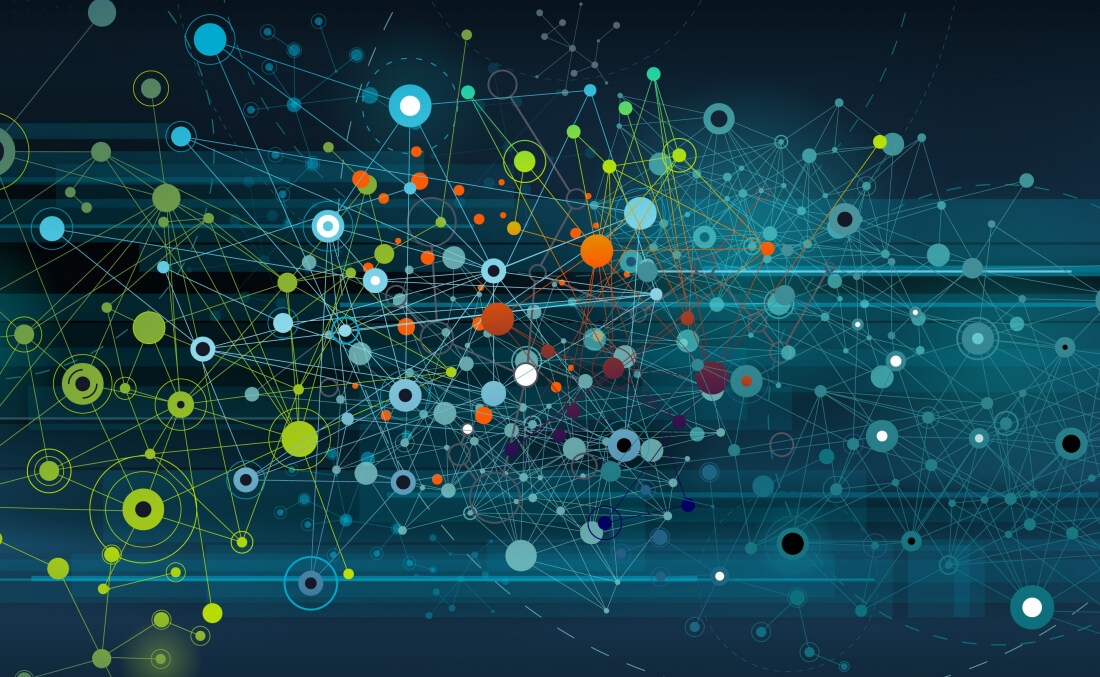Sometimes, the most radical changes come from simply adjusting your perspective.
In the case of computing and the devices we spend so much of our time on, that perspective has almost always been from the outside, where we look into the digital world that smartphones, PCs, and other devices essentially create for our viewing pleasure.
But, we're on the cusp of one of the most profound changes in how people interact with computers in some time. Why, you ask? Because now, those devices are incorporating data from the real-world around us, and enabling us to see an enhanced version of the outside world from the inside out. In a sense, we're going from digital data inside to digitally-enhanced reality on the outside.
The most obvious example of this phenomenon is augmented reality (AR), which can overlay internally created digital images onto our devices' camera inputs from the real world and create a mixed reality combination. In truth, the computer vision technology at the heart of AR has applications in many other fields as well---notably for autonomous driving --- and all of them involve integrating real-world data into the digital domain, processing that data, and then generating real-world outcomes that we can physically see, or otherwise experience. However, this phenomena of inside out computing goes way beyond that.
All the sensor data that devices are collecting from the simultaneously profound and meaningless concept of the Internet of Things (IoT) is giving us a whole new perspective on the world, our devices, and even the people around us. From accelerometers and gyroscopes in our smartphones, to microphones in our smart speakers, to vibration sensors on machines, there's a staggering amount of data that's being collected, analyzed, and then used to generate information and, in many cases, actions on our behalf.
The process basically involves measuring various aspects of the physical world, converting those measurements into data, computing results from that data, incorporating that data into algorithms or other programs designed to react to them, and then generating the appropriate result or action.
It's what makes the future of computing and AI and IoT and AR and all of these components of "contextual computing" so exciting---and so scary.
This is where several other key new concepts come together in this new inside-out view of computing. Specifically, machine learning (ML) and artificial intelligence (AI) are at the heart of many of these new data processing algorithms. Though there are many types of ML and AI, in many cases they are focused on finding patterns and other types of logical connections in the data.
In the real world, this means that these algorithms can do things like examine real-world images, our calendar, our documents, the music we listen to, etc., and convert that "input" into more meaningful and contextual information about the world around us. It helps determine, for example, where we should go, what we should eat, who we should meet---the permutations are staggering.
Most importantly, the real-world data that our devices can now collect or get access to can then be used to "train" these algorithms to learn about what we do, where we are, what we like, etc. At its heart, this is what the concept of ambient computing---which is essentially another way to talk about this inside-out computing model---is all about.
As different and distinct as the many technologies I've discussed may first appear, they all share this outward projection of computing into the real world. This is a profoundly different, profoundly more personal, and profoundly more valuable type of computing than we've ever had before. It's what makes the future of computing and AI and IoT and AR and all of these components of "contextual computing" so exciting---and so scary.
Never before have we really seen or experienced this extension of the digital world into our analog lives as intensely as we are now starting to see. Sure, there have been a few aspects of it here or there in the past, but we're clearly entering into a very different type of computing future that's bound to give all of us a very different perspective.
Bob O'Donnell is the founder and chief analyst of TECHnalysis Research, LLC a technology consulting and market research firm. You can follow him on Twitter @bobodtech. This article was originally published on Tech.pinions.
